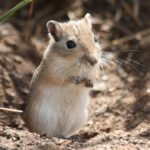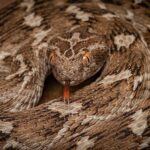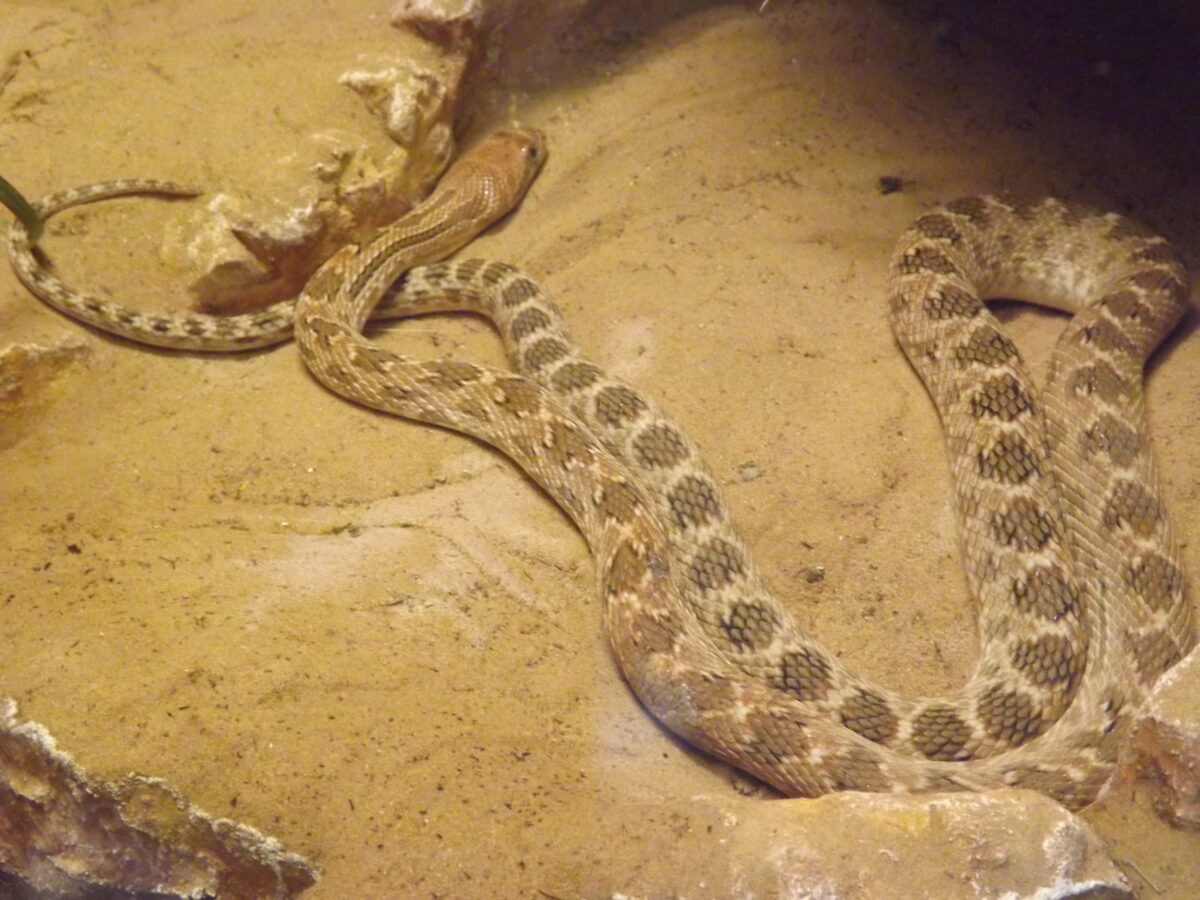

Scientific name
Species name
Body length
Tail length
Spalerosophis diadema, commonly known as the Blotched diadem snake and the Blotched royal snake, is a species of non-venomous snake belonging to the Colubridae family.
The diadem snake is a relatively large snake, with adults reaching lengths of around 1.5 to 2 meters. It has a slender body and a distinct head that is wider than the neck. The coloration and pattern of the diadem snake can vary, but they typically have a brown or grayish background color with dark, irregular blotches or bands running along the body. The head often has a prominent dark-colored “V” or “W” shaped marking on top.
The diadem snake is native to the Zagros Mountains and the region of Bushire in western Iran, eastwards to southern Turkmenistan into Afghanistan and India. It inhabits a variety of arid and desert regions, including rocky areas, gravel plains, and sand dunes.

Diadem snakes are primarily terrestrial and are well adapted to arid environments. They are often found in open habitats, such as deserts and semi-deserts, where they can seek shelter under rocks, in crevices, or in burrows. They are active during the day and are known to be fast and agile.
Diadem snakes are carnivorous and primarily feed on rodents, such as rats and gerbils. They are also known to consume lizards and other small vertebrates.

Diadem snakes are oviparous, meaning they lay eggs to reproduce. Females lay clutches of 5 to 15 eggs, which are typically buried in sandy soil or hidden within rock crevices. The eggs hatch after an incubation period, and the young snakes are independent from birth.

